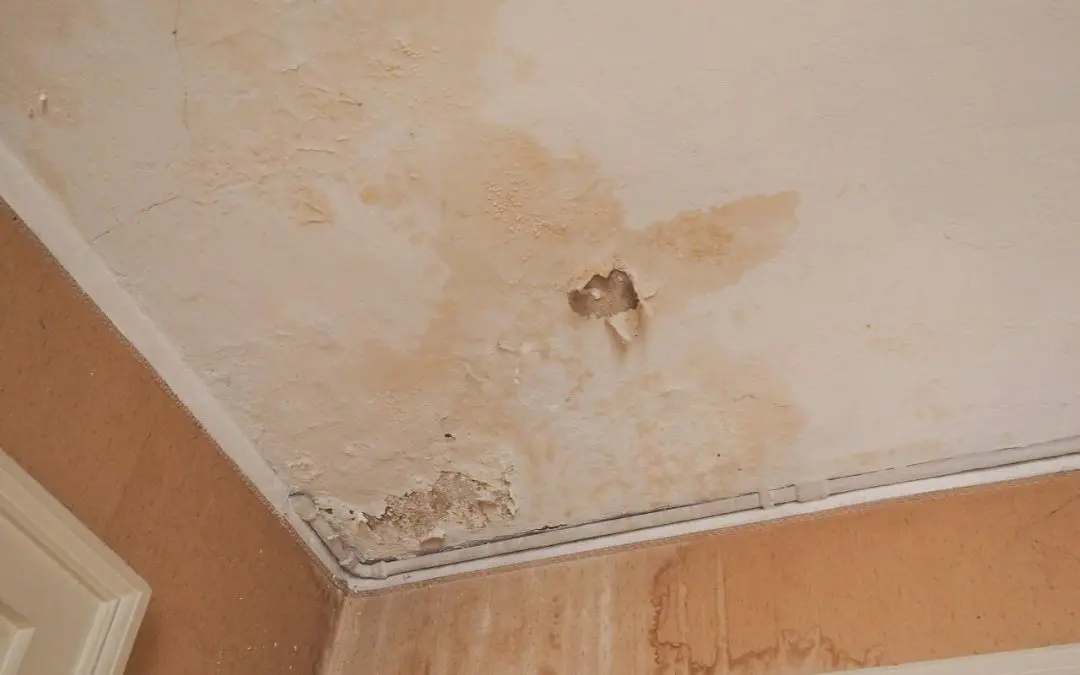1. Know the Different Types of Residential Water Damage
When dealing with residential water damage, it’s important to understand the three types. Water that comes from leaky pipes, roof leaks, and condensation is called clean water. Clean water is fairly harmless to clean up.
Gray water is slightly dirty water that comes from leaking washing machines, dishwashers, and overflowing sinks. Gray water may have some contaminants but is generally safe for you to clean with the proper equipment.
Blackwater is the result of sewage backups and flooding from bodies of water. Blackwater is dangerous because it contains bacteria and waste. Cleaning up blackwater is a job for professionals.
2. Remove Valuable Household Items Immediately
When dealing with residential water damage, you may be able to save many of your valuables if you act quickly. Shut off the power and remove electrical items right away. Hopefully, you have stored your important documents and irreplaceable heirlooms in watertight containers. If not, try to dry these out right away.
After dealing with important documents and electronics, move on to saving furniture. You may have to discard upholstered furniture and carpets that have been soaked because they can start to grow mold in as little as 24 hours.
3. Focus on the Ceiling Next
If your water damage is coming from a leaking roof, attempt to save the ceiling. The weight of the water will cause ceiling panels to sag or even collapse. Remove affected ceiling panels as soon as possible. Find the source of the leak and inspect for structural damage to rafters and beams. Until repairs can be made, cover the leaking area with a tarp.
4. Dry Out and Disinfect to Prevent Residential Water Damage
Get rid of standing water as soon as possible to prevent residential water damage. These methods include using old towels, mops, and buckets to remove water and using a wet/dry vacuum. Don’t plug the vacuum into outlets near water.
Thoroughly dry out surfaces to prevent the growth of dangerous mold and mildew. After the water is mopped up, use dehumidifiers and fans. Open windows to let air circulate. For heavy damage, rent a large-capacity dehumidifier or evaporative cooler to help dry out soaked wood, drywall, and carpeting.
Even small amounts of water in these areas can promote mold growth. Disinfect all affected areas with a mold inhibiting cleaner. Mold can grow in hidden areas such as under floors and inside walls. Continue monitoring for mold growth for several weeks. If the water damage is severe, it’s always best to hire a remediation and restoration specialist.
5. Remove Damaged and Porous Materials
Porous materials include carpeting, upholstery, particleboard, and drywall. You may be able to save carpeting and area rugs, but the underlayment acts like a sponge and will most likely have to be discarded. Clean and disinfect salvaged carpets and rugs. Unsealed cement and wood are also porous. There’s a chance you can save that beloved piece of wooden furniture, but it may be warped or discolored. Dispose of damaged furniture, electronics, and other household goods by taking them to a recycling center.
Jamie Schaefer Professional Home Inspector provides home inspection services to the New York Metropolitan Area. Contact us to book an inspection.

